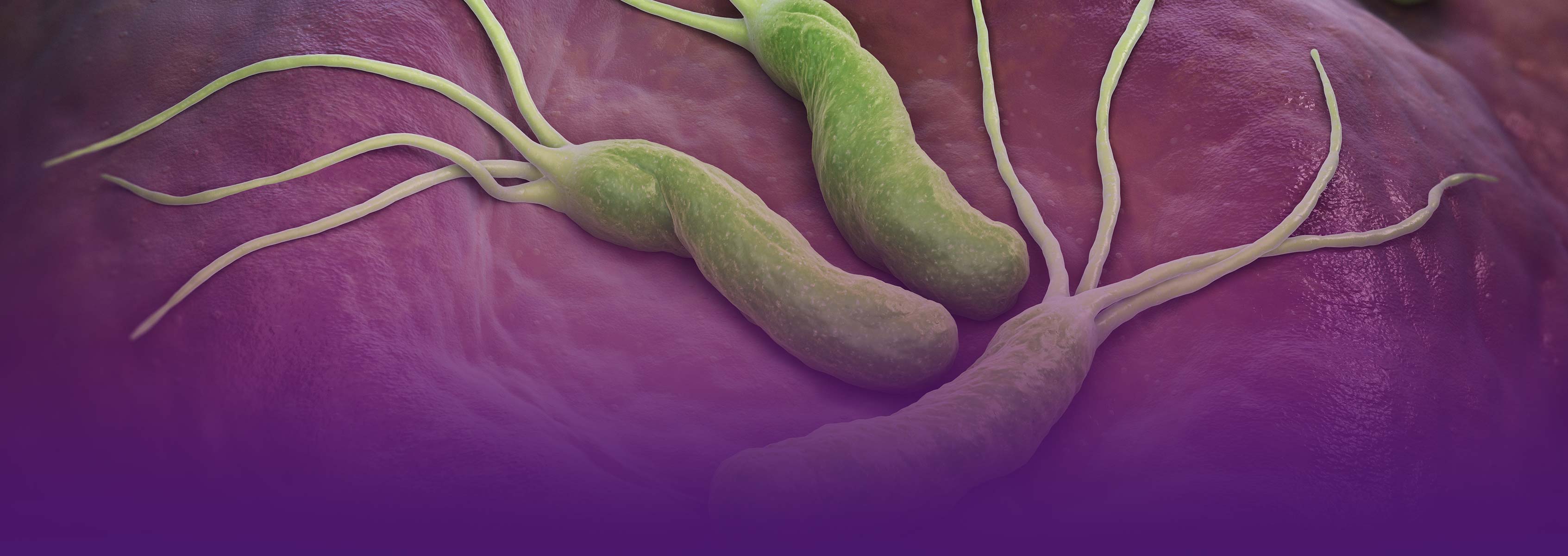Improving Non-Invasive Diagnostic Tests Predictive of Oral Helicobacter pylori Infection

Helicobacter pylori is known as one of the principal risk factors for gastric pathologies such as gastric and peptic ulcer, precancerous lesions and gastric cancer. It is estimated that ~ 50% of the population is infected by H. pylori and the prevalence of infection is higher in developing countries due to the crowed living conditions, lack of potable water, poor hygiene and bad alimentation, among other factors, that contributes to the proliferation of the bacteria. Studies have found that between 59 and 63% of the incidence of gastric cancer is explained by the presence of H. pylori. In Chile, it is estimated that 80% of the adult population is infected by the bacteria, being asymptomatic hosts, which could indicate that some strains are more pathologic than others. H. pylori infection is curable with administration of multiple antimicrobials, and antimicrobial resistance is a leading cause of treatment failure. Furthermore, the diagnosis of H. pylori infection can be made through several tests, from which the most accurate ones are invasive (through endoscopy) and the non-invasive ones have a low percentage of sensitivity and specificity.
The aim of this study is to interrogate the oral microbiome to investigate the state of oral infection with H. pylori and its correlation with periodontopathogens (Tannerella forsythia (Tf), Treponema denticola (Td), Porphyromonas gingivalis (Pg) and Aggregatibacter actinomycetemcomitans (Aa)). The overall goal of this study is to improve knowledge of the oral microbiome during H. pylori infection and discover potential biomarkers predictive of oral infection. In this sense saliva could be used as an alternative, non-invasive diagnostic test.
Funding
This project is currently seeking a funding partner. Please contact the JCVI Development Office at development@jcvi.org to learn more.